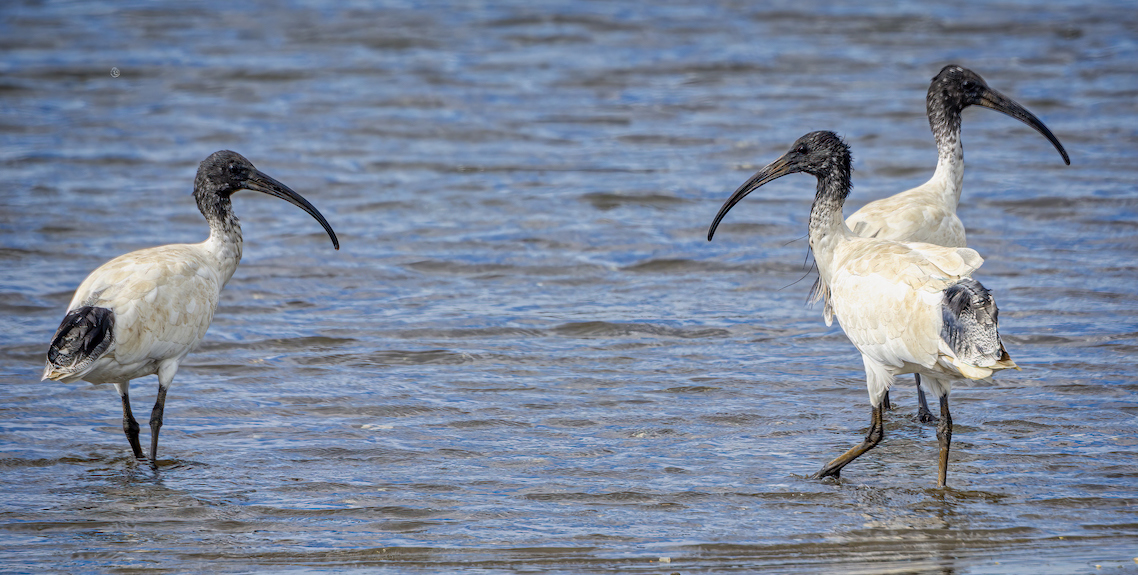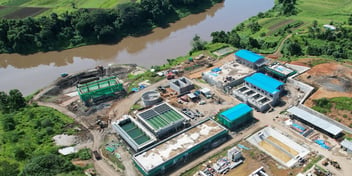CSIRO study offers insights to support waterbird habitats

CSIRO researchers have been attaching GPS mini-backpacks to ibis and spoonbill waterbird species in Murray-Darling Basin since 2017 in a bid to learn more about our feathered friends’ movements, behaviours and habitats.
The CSIRO waterbird research team, led by Dr Heather McGinness, have been working with the Commonwealth Environmental Water Office to satellite-track the movements of straw-necked ibis, Australian white ibis and royal spoonbills.
It’s hoped the study will enable insights into how best to support breeding and feeding habitats of these species, as there have been significant declines in populations of waterbirds in south-eastern Australia.
Over the coming weeks, Dr McGinness’s team will be attending breeding sites to fit more GPS transmitters to birds.
McGinness said satellite-tracking waterbirds is providing key information that is helping to better manage wetlands and water.
“Tracking the movements of waterbirds is revealing an amazing level of detail about their lives and choices,” she said.
“They can fly very long distances, but we are still learning how fast, by what routes, at what times of year, which wetlands are important as stopovers for them, whether they truly ‘migrate’ or are just being nomadic all the time and whether they are loyal to particular sites or not.
“We are also finding out more about how far waterbirds are willing to fly from their roosts or nests to feed, or how long they hang around nesting sites.
“This is all important information for water managers wanting to support breeding and feeding habitats for waterbird species survival. Satellite tracking gives us all of this, and more.”
![]()
One reason for the decline in population numbers is the impact river regulation and climate change have had on large breeding events in the past three decades, with dwindling food supplies causing breeding to fail.
Pictured: Dr Heather McGinness fitting a satellite tracker to a straw-necked ibis. Photo credit: Ben Gawne
Commonwealth Environmental Water Office Local Engagement Officer Michele Groat said information from the study will be invaluable for supporting Murray-Darling Basin waterbirds with water for the environment.
“Science underpins our understanding of how plants, fish and waterbirds respond to water for the environment,” she said.
“This work ensures we are using our water in the best way possible to support river habitat, wetlands and animals in the Basin,” Groat said.
The satellite transmitters used are solar powered and lightweight, weighing about 1-2% of the bird’s bodyweight, and have been designed to be as unobtrusive to the bird as possible, while also being very accurate in providing location fixes.



